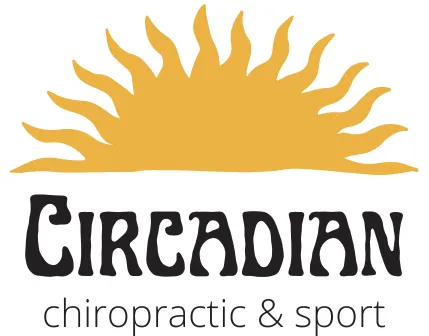
Beginner's Guide to Chiropractic
What is Chiropractic care?
Watch below to see how we can help!
Chiropractic’s core belief is of the body’s innate ability to heal & survive, and that everyone lives their life with clearer and fuller expression of our body’s innate intelligence when our spine and nervous system is free of interference ⚡️
Throughout your Chiropractic care, our job is to detect nervous system interference at the level of the spine - which we find as misalignments and/or abnormal motion of segments of the spine causing nerve interference, called “subluxations”. Our job together is to help you reduce and correct these subluxations, primarily through:
Delivering Chiropractic adjustments in our clinic, either manually, with the drop table, and/or with adjusting instruments or tools… “Getting Checked & Adjusted”
Living a supportive lifestyle outside of the clinic… “Hold Adjustments & Live Clear”
A subluxation is caused by the body’s inability to adapt to what we call “The 3 T’s” - traumas (physical), toxins (chemical), and thoughts (emotional/auto-suggestion). Chiropractic research shows that adjusting a subluxated segment (or segments) of the spine immediately causes changes in the brain 🧠 (feel free to read snippets of “The Reality Check” and other Chiropractic references on our coffee table during your appointments)… This not only changes how our brain communicates with every muscle, organ, and cell in the body, but when we change how the brain functions, we change our life! When we begin to “hold” these adjustments, we have a much higher threshold to handle stresses that may have caused dysfunction in the past. When we then live a lifestyle that is congruent with building health, we have a higher threshold to adapt to the “The 3 T’s” and can live a fuller life.
We are confident that the indicators used in our assessment ((1) Resting Posture, (2) Spinal Ranges of Motion, (3) Spinal Thermography, Spinal EMG, & Heart Rate Variability with CLA Insight Technology, (4) Grip Strength, (5) Age-Appropriate Neurological Development & Milestones, and (6) Prone Thompson Technique Chiropractic Technique Analysis) will give us a functional look at the state of your nervous system and spine, and - most importantly - where to start to make the biggest impact with your health.
When starting care, the changes that our practice members most often notice in the nervous system are:
Deeper sleep & changes in energy levels/moods, especially following first several adjustments (sometimes observed with changes in HRV or other recovery measures)
Changes in tension/tone in muscular system
Clearer intuition/instincts (as far as what to do for self-care)
Changes in “unconscious” body functions (i.e. digestion & elimination, immune, circulation, etc.)
Increased physical vitality, faster reaction time, better muscle recruitment (noticed in gym/sport)
Initial symptoms changing (often for better, sometimes going backward temporarily with “detoxing”)
Occasional muscle soreness after first adjustments (similar to when performing new exercises
Who sees a Chiropractor?
The Outcomes & Success Stories:
Chiropractic & Athletes:
Increased strength & performance
Faster reaction time
Quicker recovery
Better muscle recruitment
Improved balance & coordination
Injury care & prevention
Non-invasive & drug-free
Chiropractic & Children:
Improved sleep & energy
Better digestion & elimination
Less ear infections & allergies
Less impulsivity & fussiness
Improved balance & coordination
Easing musculoskeletal aches
Non-invasive & drug-free
Chiropractic & Adults:
Improved sleep, less snoring
Better grip strength
Quicker recovery
Better muscle recruitment
Improved balance & coordination
Injury care & prevention
Non-invasive & drug-free
While other professions are concerned with changing the environment to suit the weakened body, Chiropractic is concerned with strengthening the body to suit the environment.

